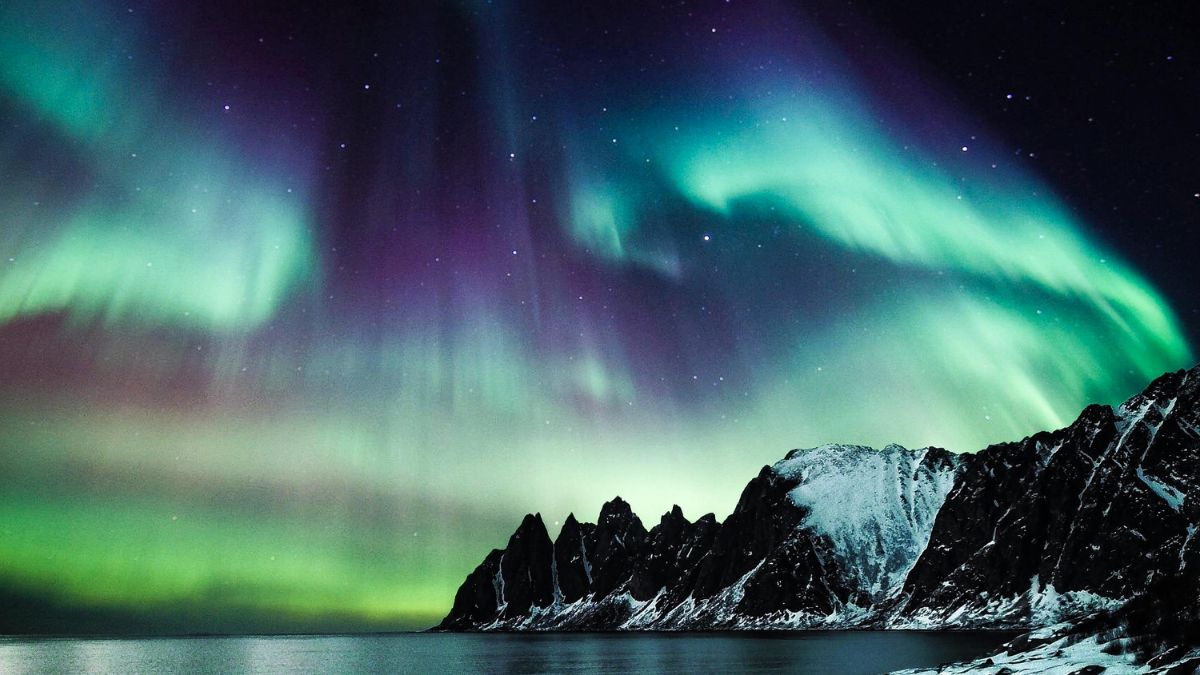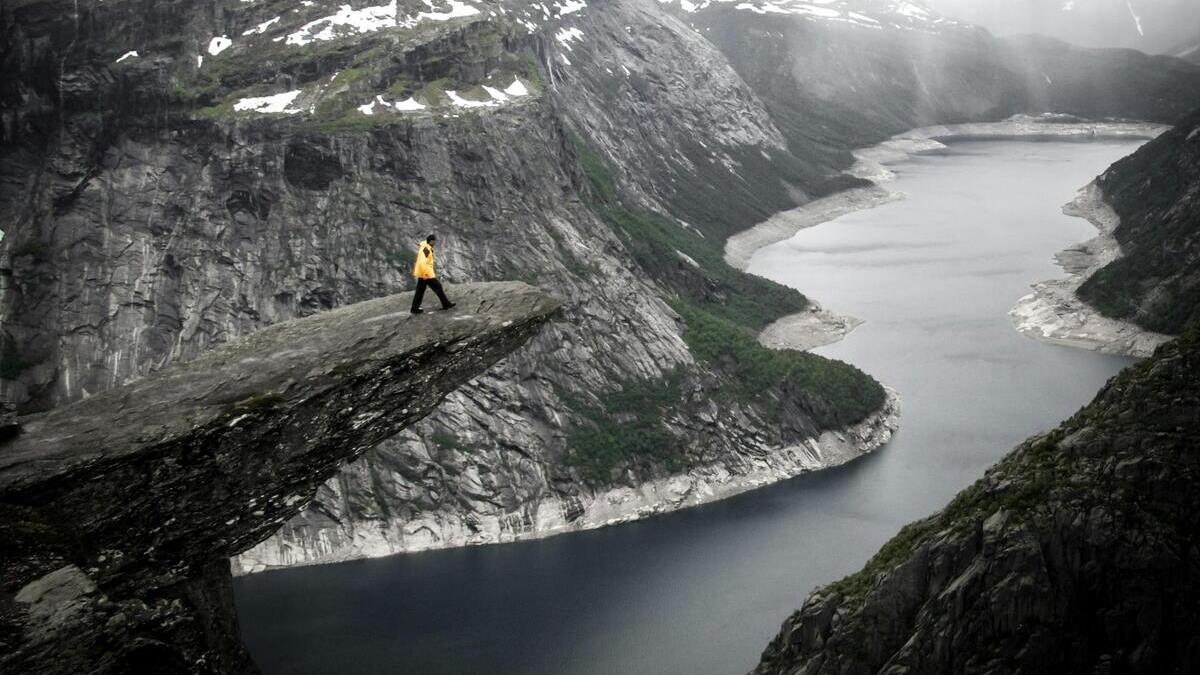Truth & Goodness
Asteroid 2032 Near-Miss: How the Human Brain Reacts to Global Fear
30 November 2025

This winter, the sky over many non-Arctic regions of Europe could be illuminated by the most intense display of the Northern Lights seen in a decade. Northern Lights in Europe 2026 offer a rare chance for residents of Central and Western Europe to witness the beautiful green and purple streaks without travelling to the Arctic Circle—a phenomenon returning thanks to the Sun reaching its peak activity.
As early as 2026, we can look forward to an extraordinary celestial display. The Aurora Borealis is set to return with a spectacular brilliance not seen for at least a decade. This is a unique opportunity for sky-gazers, as Auroras this intense and this visible are truly rare events.
The first displays could appear in just a few months, as winter offers the best viewing conditions. Long, dark nights and clear skies are essential for the phenomenon to appear its most intense and vivid.
Solar Maximum is the point when the Sun reaches the peak of its activity, resulting in the highest frequency of solar flares and sunspots. This cyclical event, which returns approximately every 11 years, is responsible for producing the most spectacular Auroras.
During a Solar Maximum, the Sun expels enormous amounts of charged particles into space. When these particles reach the Earth’s atmosphere, they collide with air molecules, exciting them. This energy release is what creates the glowing waves and streaks in the sky, painted in shades of green, purple, and pink. This is how the Aurora Borealis, one of the most remarkable phenomena visible from Earth, is born.
The forecasts are unambiguous: the turn of 2025 and 2026 will mark the beginning of an exceptionally frequent and intense period for the Northern Lights. The displays will illuminate the skies even in regions like Central and Western Europe where they have historically been a rare sight. This is a unique opportunity you won’t want to miss, as the next such spectacular period won’t arrive until the 2030s, sometime between 2030 and 2039.
Traditionally, the Aurora has been easiest to admire in the high-latitude regions of Scandinavia, Canada, and Alaska. However, given the favourable conditions of the solar maximum, it is now possible to see them further south, across Central and even Western Europe.
This time, with strong solar activity, the Aurora will be visible in many countries—provided you find a location with dark, light pollution-free skies. For example, in Poland, the best bets for viewing include the remote:
Look for any dark sky reserve or rural area with an unobstructed view of the northern horizon in your own region.
For a guaranteed, full, multi-hour spectacle, the traditional best destinations remain:
In these high-latitude countries, the Aurora can appear up to 200 nights a year, making them the ideal setting for committed observers. Additionally, the stunning winter scenery—including glaciers, national parks, and picturesque fjords (long, narrow, deep inlets carved by glaciers)—creates a spectacular backdrop that amplifies the phenomenon’s magical impression.
Choose a dark sky location far from city lights. Check the forecast and the Kp Index (a reading of ≥5 indicates a high probability of visibility). Bring a tripod and a camera with the capability for long exposure photography. Dress warmly—the best viewing times are late at night and may require a long wait.
The Northern Lights in Europe 2026 could captivate residents of Central and Western Europe in a way they haven’t seen in a decade. If you don’t want to miss this cosmic spectacle, start planning your winter observations now and follow the celestial forecasts closely.
Worth reading: Does Life in Space Need the Sun? Scientists Have a New Theory
Read this aticle in Polish: Zorza polarna rozbłyśnie nad Polską tej zimy. Będzie wyjątkowa
Truth & Goodness
30 November 2025

Truth & Goodness
30 November 2025


Zmień tryb na ciemny